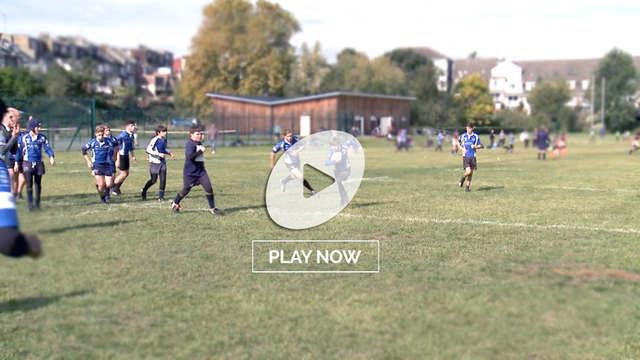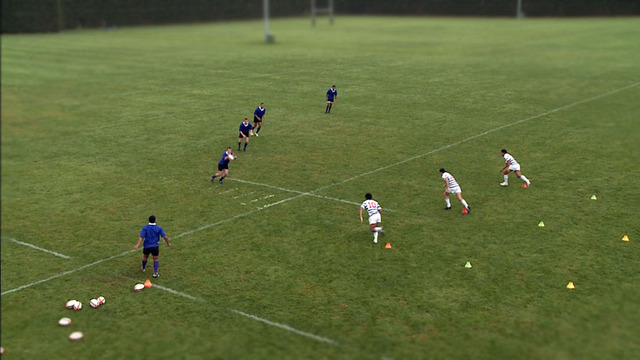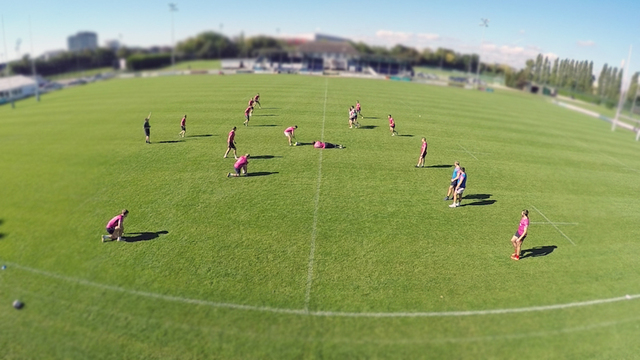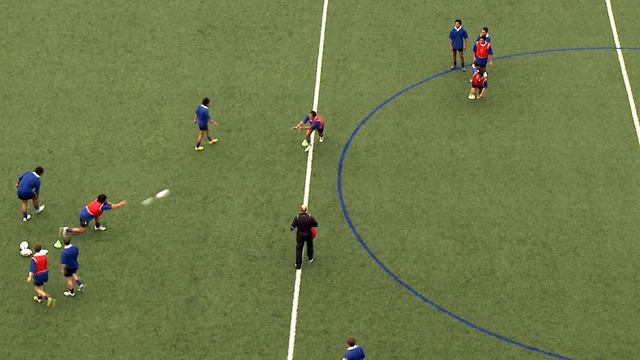Believe it or not, but there was a time when Sir Wayne Smith’s coaching methods were not de rigueur in the rugby world.
‘The Professor’ was no martinet who drilled his charges into submission, and into the dirt of the training ground. He wanted to ask questions, to create curiosity and provoke more self-awareness in his players than that.
Cutting his teeth as a coach with the Crusaders towards the end of the 1990s “people thought I was crazy. They wanted a ‘Grizz’ [Alex Wylie] rather than a Wayne Smith when I turned up at Crusaders…[I wanted to] play games for learning, ask questions, work on people’s strengths – not just focus on what they couldn’t do.”
Along with those other two world cup-winning knights of the realm, Sir Graham Henry and Sir Steve Hansen, ‘Smithy’ was a prime mover in a conscious movement away from the instructional and the prescriptive attitude in the All Blacks, and towards a genuine dialogue with the players.
“After 2015, we lost six guys at the same time, who were quite possibly the best players that ever played in their position. Losing them at the same time should have been a massive hole for any team. We thought, ‘how do we get better?’“
The answer arrived courtesy of a deeper understanding of the connection between defence and attack:
“The two things are linked: the counter-attack is a really inspiring part of the game for me. We switch quickly [between the two]. A lot of people say how creative the All Blacks are, or how much flair there is, but creativity is just practice that’s camouflaged. It comes from hard work.”
https://www.theguardian.com/sport/2017/jun/28/wayne-smith-all-blacks-culture-lions
Wayne Smith’s interest at the cutting edge of coaching probably finished with the remarkable triumph of the Black Ferns at the 2021 Women’s World Cup, played out one later than planned due to the Covid-19 pandemic. But his principles always remained the same, coaching on either side of the gender divide. Switch from defence to attack quicker than the opponent, use the offload in the wide channels, exploit fatigue and the associated decline of skills in the final quarter of games.
If we look at the situation in Scott Robertson’s iteration of the All Blacks, those principles have largely been abandoned. Here are the raw stats for key areas in the last two Rugby Championships:
| TRC2024 | South Africa | New Zealand | Australia | Argentina |
|---|---|---|---|---|
| % Tries from turnover | 48% | 9% | 29% | 36% |
| 4th quarter points differential | +54 | -43 | -39 | +28 |
| Ratio passes per offload | 37:1 | -20:1 | -39:1 | 19:1 |
| TRC2024 | South Africa | New Zealand | Australia | Argentina |
|---|---|---|---|---|
| % Tries from turnover | 33% | 41% | 9% | 40% |
| 4th quarter points differential | +25 | -17 | +28 | -46 |
| Ratio passes per offload | 17:1 | -30:1 | -25:1 | 16:1 |
The figures are startling. Compared to their prime historical rivals in the amateur era, and the only nation which has won more World Cups since the tournament’s inception in 1987, New Zealand is falling behind. The Springboks average a very healthy +40 points in the last 20 minutes over the last two TRC’s, as against New Zealand’s -30; the proportion of tries the Boks have scored from turnovers of possession has increased by 15% where the All Blacks have dropped like a stone, by more than 30%. For goodness sakes, the traditional champions of brute strength and pure size now offload the ball more than twice as many times per pass than the men in black. The rugby world has been turned upside on its head, and all the virtues espoused by Wayne Smith have been shaken out of Kiwi pockets like unwanted loose change.
Those stats are the essential background to a trauma New Zealand rugby experienced very much in the foreground at the Cake Tin in Wellington on 13 September. Most of South Africa’s best attacking moments came from changes of possession; either when New Zealand kicked the ball to them directly, or when they won back one of their own contestable kicks. Both of the first two instances are initiated by six feet four-inch rookie wingman Ethan Hooker:
— William Bishop (@RPvids1994) November 6, 2025
— William Bishop (@RPvids1994) November 6, 2025
First Hooker reclaims the ball in the air on the right, then the Springboks shift the ball wide to the opposite side of the field, confident that their skills in the three-on-three situation created will exploit the advantage Hooker created. This why you play small-sided games in practice as the Professor suggested, because you will feel the benefits of your work during the game.
In the second clip, Hooker has the self-belief to run back from deep and trust the transition from defence into attack, just as Smithy would have wished. The move is finished by Pieter-Steph Du Toit on the right, doing his best Kieran Read impersonation with a catch-and-offload to the supporting ‘Kwagga’ Smith for the try:
— William Bishop (@RPvids1994) November 6, 2025
The final try illustrates the impact of winning ball from a change of possession perfectly, with the defensive line still not set on third phase and unable to prevent R.G. Snyman cantering straight through a huge dogleg to score a under the posts:
— William Bishop (@RPvids1994) November 6, 2025
Summary
It is one thing South Africa beating New Zealand using their own time-honoured methods, with size and power at the set-piece and in defence, and by kicking the ball. It is quite another when they usurp All Black credentials and start beating them on the counter, with the offload and overwhelming them in the final quarter. Yes, it is Tony-Brown creative, but as Sir Wayne points out, ultimately ‘creativity is just practice that’s camouflaged. It comes from hard work’.



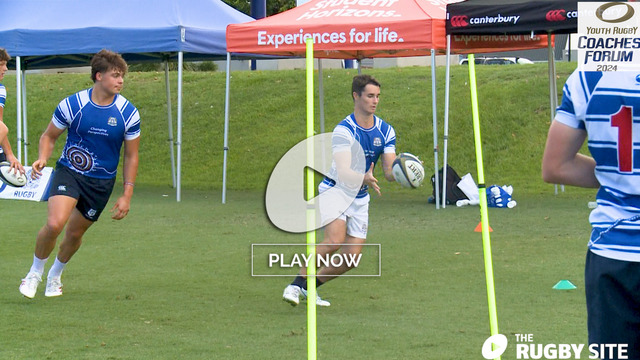
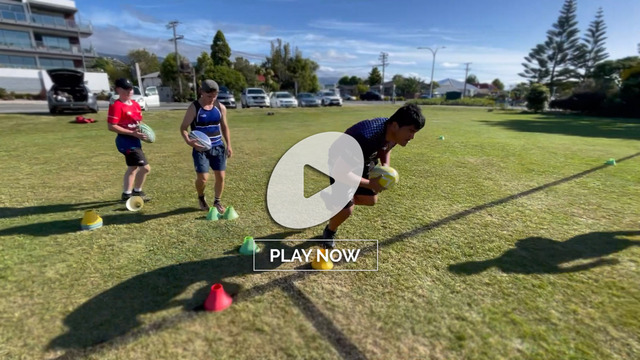
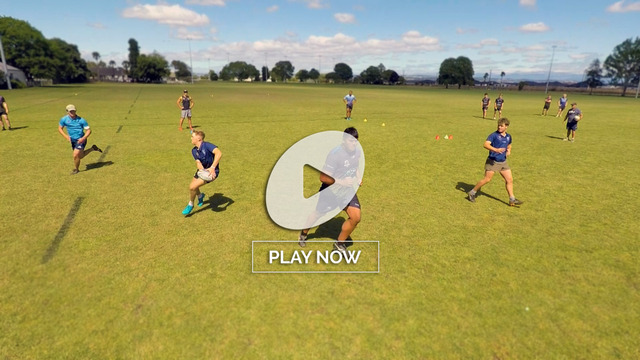

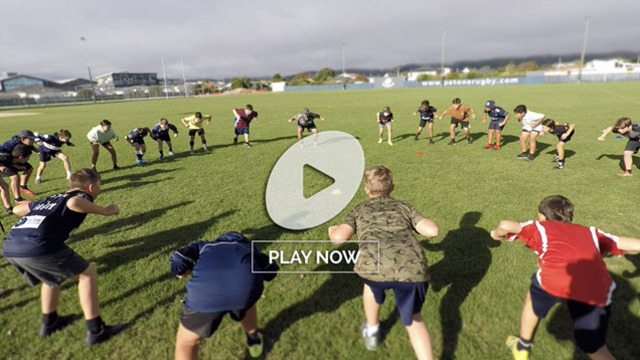

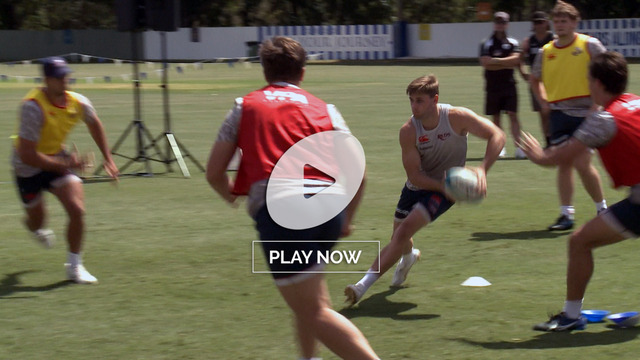
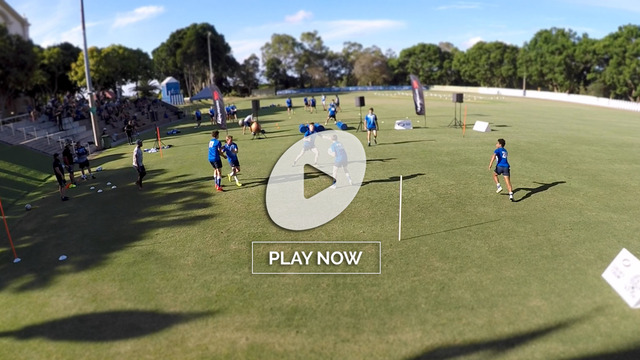

.jpg)
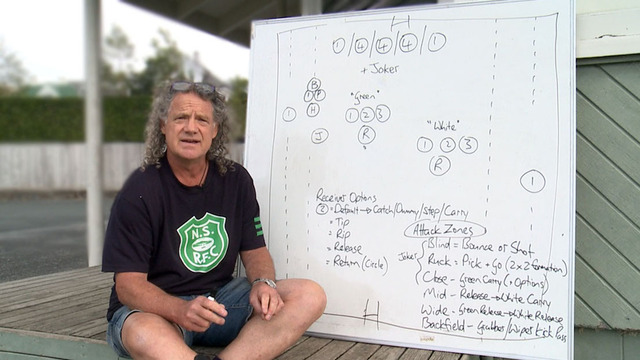
.jpg)

